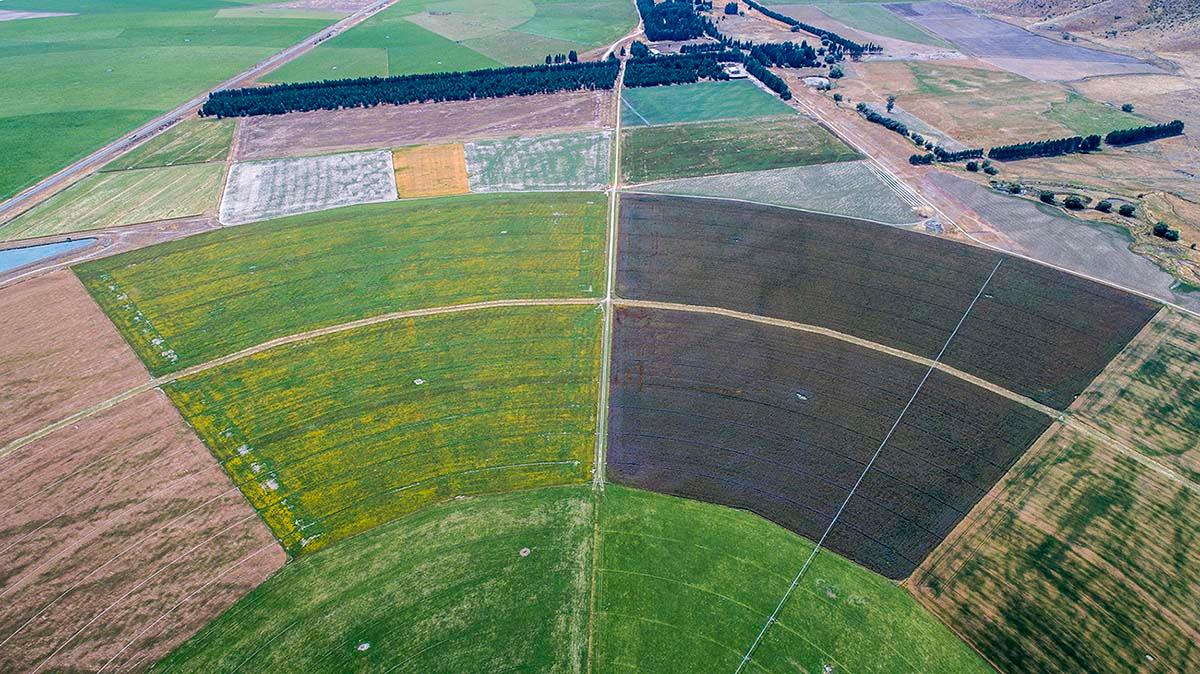
Industrial Agriculture Methods
Plowing and tilling churn up the soil in industrial agriculture. This disrupts natural processes such as carbon sequestration and makes the soil less nutrient-dense for plant growth by destroying the soil's structure. Additionally, it promotes wind and water erosion of the soil. Single-crop monocultures deplete the soil of particular nutrients.
Because overworked soil does not absorb nutrients as efficiently, farmers apply synthetic fertilizer and insecticides. These inputs are often costly, hazardous to employees, and polluting. Fertilizer and pesticides can contaminate groundwater or runoff into neighboring lakes, resulting in algal blooms and fish mortality.
Planting a single species over a vast region of land prevents plants, animals, and insects from settling there. As biodiversity disappears on a global scale, agricultural areas may serve as a sanctuary.
regenerative agriculture practices
In regenerative agriculture, "no till" or "reduced till" refers to planting seeds through the remnants of the previous season's harvest. Largely intact is the soil's structure. Cover crops are also cultivated, especially for soil improvement. These aid in preventing soil erosion and retaining soil nutrients.
Rotating crops with varying nutritional requirements allows the soil to recover; similarly, rotating animals between various grazing places is advantageous. Multi-cropping, or the integration of animal species with crops and trees, helps enrich the soil and repel pests.
There is less need for synthetic pesticides and fertilizers. Combining food scraps, manure, and plant residue to create an ultra-rich mixture that replenishes soil is a common method of producing compost.
Biodiversity is supported at all scales through regenerative agriculture. Microorganisms populate a healthy soil. Conservation buffers, a prevalent regenerative practice, establish permanent vegetation around fields or streams.
Agricultural Regeneration and Climate Change
As climate change receives more attention, regenerative agriculture is viewed as a potential answer. Because it can contribute to both climate reduction and adaptation.
Agriculture is made more resistant to climate change through adaptation. Healthy soil absorbs more water, enhancing the resilience of crops to both flooding and drought and minimizing runoff. Diversified crops reduce the probability of a single catastrophic failure.
Reducing atmospheric carbon is the objective of mitigation. Less machinery and chemicals are utilized in regenerative agriculture, resulting in fewer greenhouse gas emissions. Carbon sequestration is also enhanced. Plants absorb carbon dioxide from the air and release it into the soil. Healthy, undisturbed soil is more capable of "sequestering" or storing carbon and preventing it from warming the earth.
Divergent opinions exist on the quantity of carbon that can be sequestered through regenerative agriculture. After ten years, one study indicates that regenerative agriculture increases soil carbon reserves by 5.3%. The World Resources Institute's report, however, is more cautious and calls for deeper investigation. "The scientific understanding of this mechanism is still in its infancy," adds their report.
Regenerative agricultural approaches are a present and past gift for a better future.